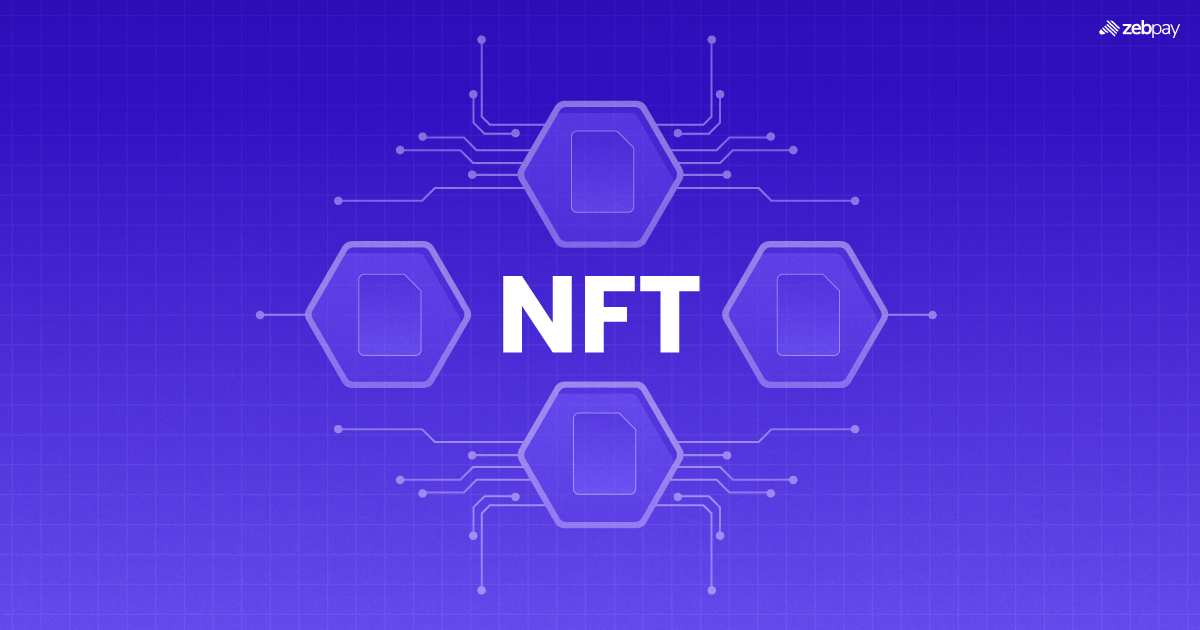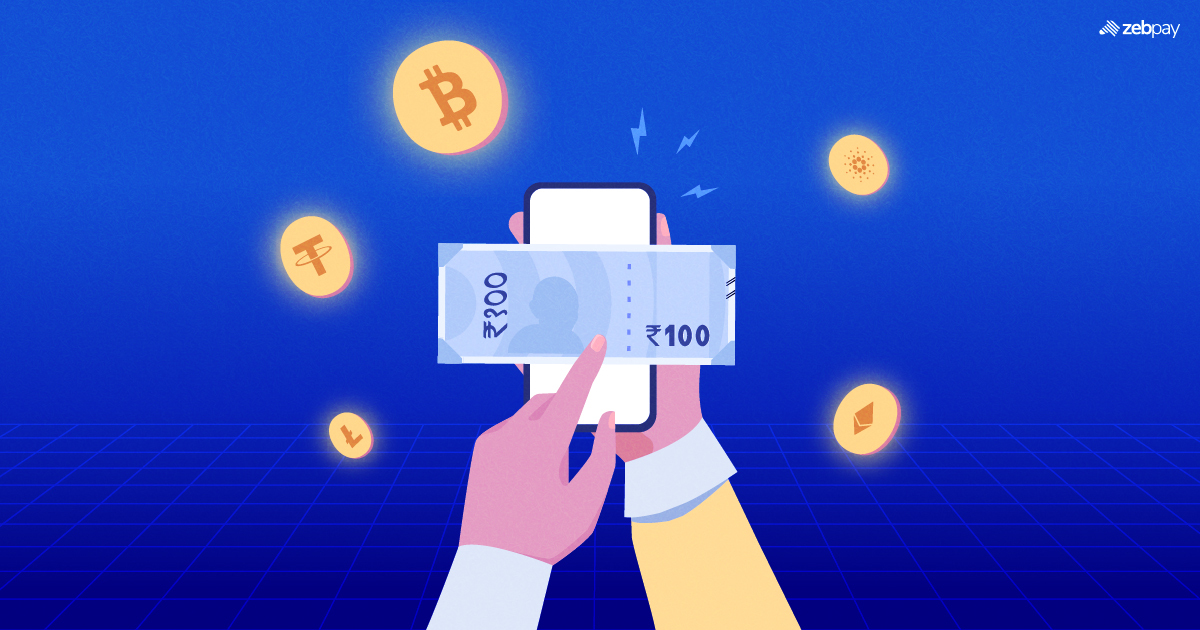27th December 2023 | ZebPay Trade-Desk
An Overview
Non Fungible tokens (NFTs) have maintained their significance within the Web3 ecosystem in 2023, as community members continue to explore new possibilities and seek solutions to the challenges within the space. Despite occasional criticism and predictions of decline, NFT users actively participating in trading demonstrate the enduring vitality of the NFT space. In the past 30 days alone, the top 10 blockchains used for NFTs have collectively generated a sales volume exceeding $1.5 billion, underscoring the ongoing demand for NFTs.
Several noteworthy developments have shaped the NFT landscape in 2023. These include historic milestones such as the creation of Bitcoin Ordinals, the first case brought by the United States Securities and Exchange Commission against NFTs, and the ongoing debate surrounding creator royalties. These changes reflect the dynamic and evolving nature of the NFT ecosystem.
Birth of Bitcoin Ordinals
In 2023, software engineer Casey Rodarmor pioneered Bitcoin Ordinals, releasing the program on the Bitcoin mainnet following a blog post on January 21. This groundbreaking protocol introduced a unique variant of NFTs within the Bitcoin network, termed “digital artefacts.” Traditional NFTs often rely solely on metadata pointing to off-chain storage, a method prone to issues like displaying blank images or, more concerning, inappropriate content. Notably, the collapse of the crypto exchange FTX in December 2022 affected NFTs hosted on its platform, resulting in broken NFTs displaying blank images during the restructuring process.
Bitcoin Ordinals addressed these vulnerabilities by storing the assets’ contents directly on the blockchain. While this safeguarded Bitcoin NFTs from data erasure and the risk of transforming into blank images, it did not prevent the platform from potential misuse, with individuals minting unsuitable images onto the Bitcoin network. Critics raised concerns about Ordinals congesting Bitcoin’s block space, and the decentralised nature of Ordinals allowed a bad actor to inscribe inappropriate content shortly after its launch. Although the image was swiftly removed from Ordinals, the inscription will remain on the Bitcoin blockchain. Despite these challenges, many supporters viewed the emergence of a new use case for Bitcoin positively. Throughout the year, debates among Bitcoin enthusiasts questioned whether Ordinals had a place in the ecosystem, but the protocol’s adoption had gained momentum.
In May, the Bitcoin network surpassed Solana in monthly sales volume, attributed directly to Ordinals transactions. By December, the network claimed the top spot for most sales in 30 days, generating over $744 million, while the Ethereum network amassed $391 million. The advent of Bitcoin Ordinals marked a significant evolution in Bitcoin’s role within the NFT landscape.
Read more: What is NFTs
Regulation around NFTs
In 2023, the NFT space faced its first claim of unregistered securities sales with U.S. regulators. On Aug. 28, the SEC charged Los Angeles-based entertainment company Impact Theory for allegedly selling unregistered securities through its NFT collection, Founder’s Keys. The SEC claimed that the company encouraged investors to view the NFTs as an investment in its business, considering them as investment contracts and thus securities. The regulator accused the company of violating the law by selling the NFTs without proper registration, leading to the issuance of a cease-and-desist order, which Impact Theory agreed to.
Following the Impact Theory case, the SEC took legal action against Stoner Cats 2 (SC2) on Sept. 13, charging them with conducting an unregistered offering of crypto asset securities. In this case, as well, the SEC issued a cease-and-desist order, and SC2 complied. Hollywood actress Mila Kunis led the Stoner Cats project, collaborating with NFT creators and featuring notable figures like Ashton Kutcher, Chris Rock, Gary Vaynerchuk, and Ethereum co-founder Vitalik Buterin in the animated series.
The SEC contended that SC2 marketed the NFTs with the potential for secondary sales and implied that the involvement of high-profile individuals would contribute to the NFTs’ appreciation in value. The regulatory crackdown on NFTs drew criticism, and on Aug. 28, SEC Commissioners Hester Peirce and Mark Uyeda published a dissenting statement, challenging the SEC’s stance on the nature of promises made by the company and purchasers, arguing that they did not constitute the type of promises forming an investment contract.
Read more: Hacks For Finding NFTs Project
Royalties of NFTs Creator
Earning royalties has been a significant benefit for artists and creators in the NFT space, ensuring they receive a percentage of sales whenever an NFT is sold or resold. However, a shift occurred in 2022 with the introduction of optional royalties on NFT marketplaces.
Under the optional royalty model, buyers can choose the royalties they contribute to an NFT project, introducing the possibility that creators may not receive royalties upon resale. In 2023, the impact of this trend became apparent, revealing that Web3 creators were experiencing losses in royalties. Research data disclosed on March 29 indicated substantial losses, with two leading collections from NFT company Yuga Labs, the Bored Ape Yacht Club (BAYC) and Mutant Ape Yacht Club (MAYC), reflecting losses of approximately $20 million.
Although Yuga Labs did not explicitly attribute the losses to royalty changes, the company underwent a restructuring effort in October, resulting in employee layoffs. Some NFT marketplaces embraced the optional royalty approach, while others doubled down on supporting creators and ensuring royalty payments. Rarible, for instance, launched an Ethereum Virtual Machine testnet embedding royalties into its code, underscoring its commitment to creators. Simultaneously, NFT platform Enjin integrated royalty enforcement into the blockchain’s foundational code upon launching its mainnet with NFT transfers.
The Way Forward
The NFT marketplaces are expected to enhance their offerings in the upcoming year as they compete for a larger share of the NFT market. The competitive landscape is likely to drive improvements in products and services within the NFT space.
Moreover, with innovations such as Bitcoin Ordinals and ongoing regulatory actions by the U.S. SEC in the Web3 sector, the NFT space is poised for another dynamic year in 2024. Despite potential fluctuations, the industry is expected to persist as long as NFT users remain committed to “hodling” their assets







